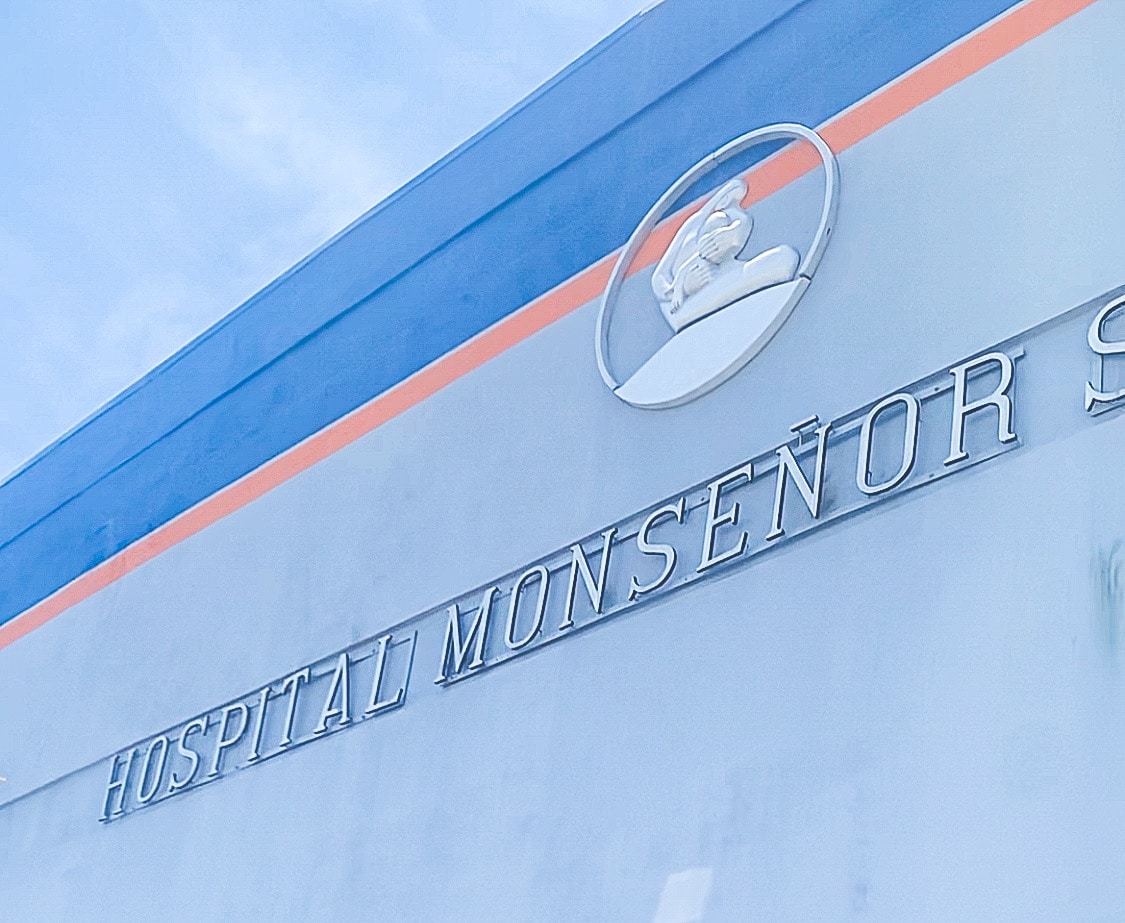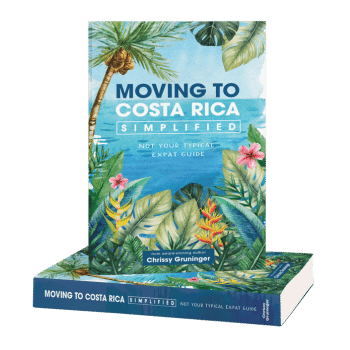Back in March 2022, I visited a doctor at my local EBAIS (a public clinic), who assured me she would submit a referral for me to see a rheumatologist. Sounds easy enough, right? Well, the paperwork never went through. I even took a trip to San José to follow up, only to learn the referral had never been submitted.
Fast forward to February 2024, and I finally saw a different specialist (through Medi-Smart) who (surprise!) told me I needed to see a rheumatologist. Since he worked for both the public system as well as privately, he was able to write me a referral for a specialist in the public system… but even that wasn’t easy. This time, at least, I eventually saw the specialist.
Before my appointment, I took matters into my own hands to speed up the process. I got x-rays done at a private lab and blood work from both public and private labs. (Why both? Trust issues. More on that later.)
When I originally dropped off the referral paperwork, I had to visit an office outside the hospital—conveniently located next to the morgue (a bit ominous, right?). Naturally, I assumed this is where my appointment would be, but when I arrived, I was told to go inside the hospital and “register.” That’s when the real chaos began.
NB: This is how it’s done at this particular public hospital. Other public hospitals have different processes.
The entrance was packed with people. I sent a picture to a local friend, and they replied, “This is why I avoid public hospitals.” I quickly understood why. The process was similar to a bank—someone hands you a ticket, and then you sit in front of the “secretary” area and wait for your number to be called.
The secretary will check you in and then tell you what you need to do next. In my case, I was told to keep my ticket and go to a different section of the room to wait to be called to have my blood pressure and weight taken.
I eventually was called to have my vital signs taken. While waiting, I noticed two police officers standing next to two young men in handcuffs. Not exactly comforting.
After getting my vitals checked, I had to find the rheumatology office and wait outside. The check-in process took about 40 minutes, so arriving 30 minutes early was definitely a good call.
The doctor opened the door and called my name after about 25 minutes. During the appointment, he reviewed my x-rays and blood work, plus a list of symptoms I had prepared. I also shared some information on Post Sepsis Syndrome, but the doctor was fixated on diagnosing me with fibromyalgia. Interestingly, he pointed out that many in the medical field don’t believe fibromyalgia exists, yet he dismissed my concerns about Post Sepsis Syndrome in the same breath. Go figure.
He gave me a treatment plan, which included meds and exercise recommendations, but no therapy (which he said was standard in fibromyalgia). I didn’t think therapy was necessary either, but it was still amusing that he made that judgment after less than an hour of knowing me. He did, however, prescribe an antidepressant as part of the treatment. I’ll share my thoughts on that in a minute…
The appointment lasted about 45 minutes—longer than I expected. He set up a follow-up appointment for January and told me I needed to do more lab work because he didn’t trust private labs. Ironically, private doctors often distrust public labs. I had one blood sample done which the public system tested at two different public labs, and the results were completely different.
I asked if I could get the labs done closer to home, at my local public clinic. He said yes but warned me that some tests had to be processed at the hospital, and there was a good chance the samples would get lost in transit. (Lovely.)
After the appointment, I had to get another ticket and wait in line again to confirm my next appointment. The secretary handwrote the details on a slip of paper and told me I had to come back a month before the appointment to confirm it. Have I mentioned I don’t live anywhere near this hospital? I just can’t begin to understand their rationale here. They’re making sick people jump through hoops when oh, I don’t know… it’s 2024, don’t have we technology like computers, emails, or even phone calls to confirm appointments? Plus, the date and time have already been set so why do I have to return to confirm? (I know, I know… don’t ask why).
Then came the pharmacy experience. I waited about an hour to pick up my meds. No consultation—just a paper bag, and I was sent on my way. The pharmacy gave me double the dosage for one med and half the dosage for another. And surprise! The doctor had also prescribed a gel and acetaminophen that I wasn’t aware of.
Now, let’s talk about the antidepressant. I’m 100% supportive of mental health care. I even studied psychology in university. What I don’t support is prescribing these meds without any follow-up or ability to contact the doctor. It’s dangerous to stop these meds cold turkey, but I wonder how many people don’t realize that.
I tried to contact the doctor through his private clinic in San José. I was willing to pay for a Zoom session to ask questions about the meds. I was told it wasn’t possible, the caja system and his private clinic must remain separate. And of course, there’s no way to contact his office at the public hospital either.
At the end of the day, my only real option is to pay for private care while also paying into the public system, which is required for residency. I had hoped the public system would offer better care at the specialist level, but it seems like I’ll still be relying on private care for anything beyond a band-aid.
Short video of the registration process:
And here’s a video about the meds:




0 Comments